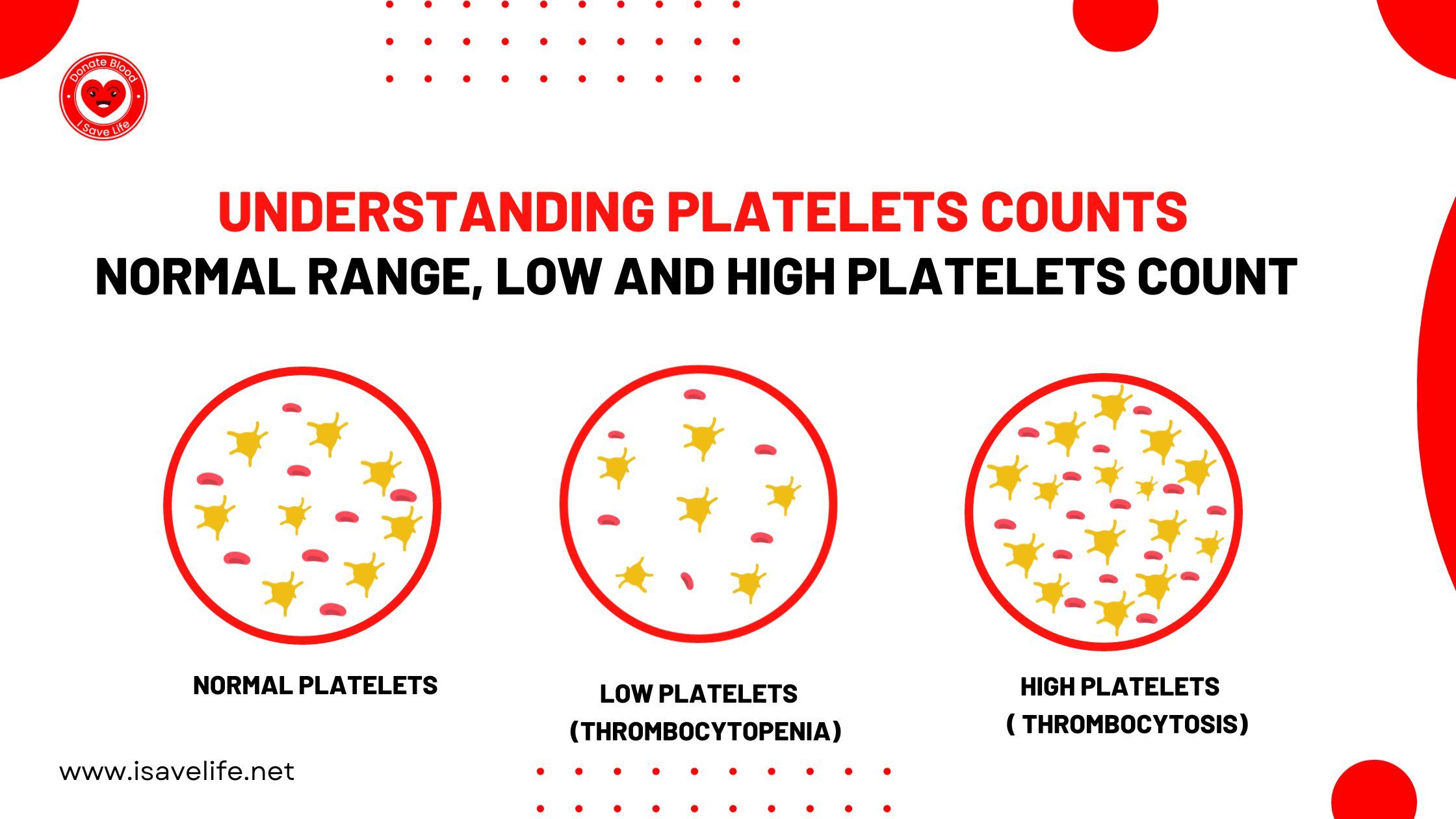
Understanding Platelets Counts: Normal Range, Low and High Platelets Count
29-Dec-2023
Platelets are like superheroes in our body. When we get hurt, these tiny platelets become active and stick together to stop bleeding. It’s like they form tentacles, kind of like a spider or an octopus. This process is called heamostasis.
But platelets don’t just stop bleeding; they help the body in many other ways too. Sometimes, they directly do good things, and other times, they indirectly help other important processes inside our body.
This blog is all about the secret and incredible roles that platelets play in helping our body heal and grow. Without platelets, our bodies wouldn’t be able to do many important things. They play a special role in helping our blood vessels heal and stay healthy. They are like the unsung heroes of our body.
Primary Roles of Platelets:
Platelets play a vital role in our body's health. They help stop bleeding by forming blood clots, aid in wound healing, and contribute to our immune response. These tiny cell fragments are unsung heroes in maintaining our well-being.
Role of Platelets Other Than Blood Clotting
In addition to clotting blood, platelets play other vital roles. Here are some of these roles:
1. Inflammation: Platelets are packed with active molecules containing proteins like chemokines, cytokines, growth factors, RNA, and microparticles. These are released under specific conditions. Platelet granules contain both pro-inflammatory and anti-inflammatory molecules, enhancing immunity. Actively supporting the inflammation process.
2. Angiogenesis: Platelets contribute to the creation of new blood vessels, a process is called angiogenesis. This is vital for wound healing, tissue repair, and even embryonic development. By releasing specific factors, platelets guide the sprouting and growth of new blood vessels. Ensuring proper blood supply to tissue.
3. Organ Function: Platelets may play a role of supporting the function of various organs, including the lungs, kidneys, and even the brain. While the exact mechanisms are still being explored, it seems platelets influence these organs through complex interactions with other cells and signaling molecules.
Normal Platelet Count
The normal platelet count in the blood typically ranges between 150,000 - 450,000 platelets per microliter. This count represents the number of platelets circulating in a small volume of blood and is an essential measure in assessing overall blood health. If these are concerns about platelet levels, it’s crucial to consult with a healthcare professional for a thorough evaluation.
Low Platelets Count: Condition
When you have a low platelet count, it’s called thrombocytopenia. This can happen due to an unhealthy lifestyle. Having low platelets can cause serious problems like:
- Difficulty in clotting Blood
- More bleeding from cuts and injuries
- Internal bleeding
- Immune Thrombocytopenia
High Platelet Count: Condition
When there are too many platelets in the blood. it’s called thrombocytosis. Abnormal cell formation is what causes the platelet count to go up. Having too more platelets can lead to:
- Thrombocythemia
- Strokes
- Cardiovascular diseases such as heart attack
- Cancer
- Complications during pregnancy
How to Check Platelet Count in Blood
To check your platelet count in blood, follow these steps:
- Visit a doctor to get a prescription
- Take a prescription to a recognized pathology Centre
- Your doctor may recommend specific tests, including:
- Platelets Count
- Completed Blood count (CBC Test)
- Bone Marrow Biopsy
Conclusion:
Understanding platelet counts is integral to our overall well-being. Whether in the normal range, facing low platelets, or dealing with high count, knowledge empowers us to take proactive steps towards better health. Regular check-ups, lifestyle adjustments, and medical consultations ensure that our platelets continue to play their vital role in keeping us healthy and thriving.